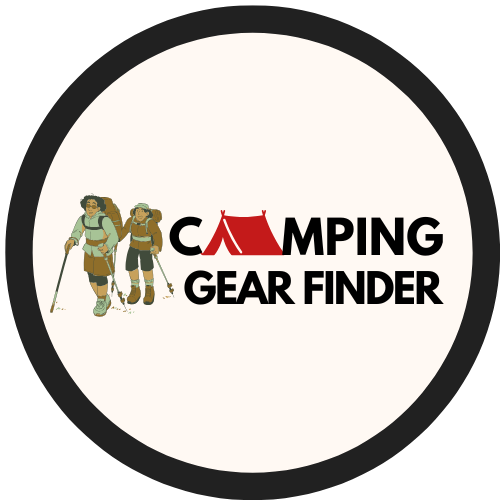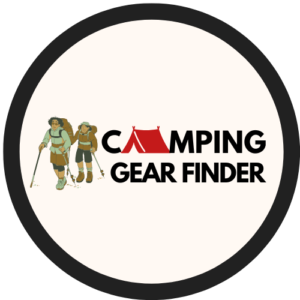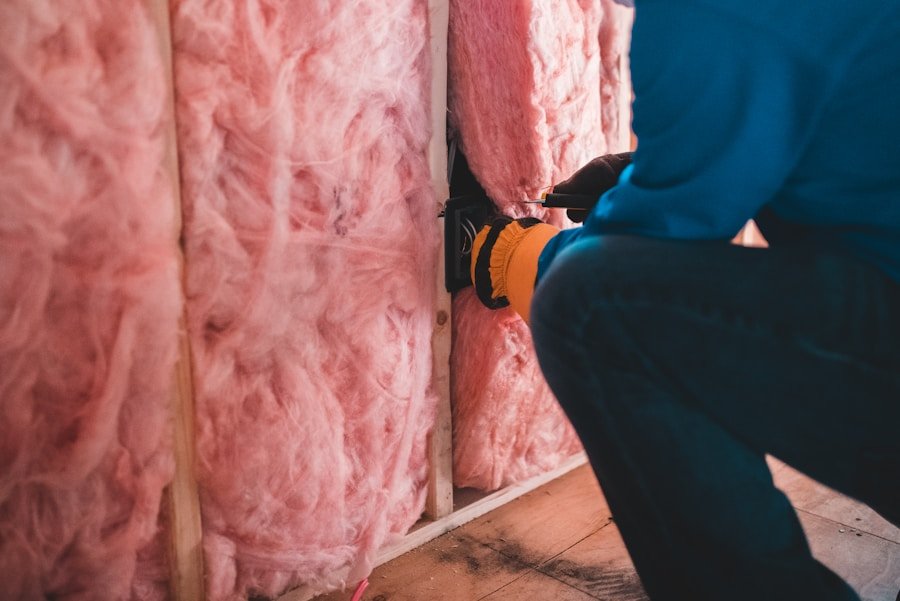When selecting a child carrier for camping, several crucial factors must be taken into account. The primary consideration should be safety, which can be ensured by opting for a carrier that incorporates essential safety features. These include a secure harness system, padded shoulder straps, and a sturdy frame that provides stability and support.
It is also vital to verify the weight capacity of the carrier to guarantee that it can comfortably accommodate your child’s weight. Another critical aspect to consider when choosing a child carrier for camping is comfort. A carrier with padded seating and adjustable straps is essential to ensure your child’s comfort and support during outdoor activities.
The overall design of the carrier should also be evaluated to ensure it provides adequate ventilation and support for your child’s back and neck, thereby preventing discomfort and fatigue.
Key Takeaways
- Choose a child carrier that provides comfort and safety for both you and your child while camping.
- Look for safety features such as a secure harness, sturdy frame, and sun protection when selecting a child carrier.
- Prioritize comfort and support for your child by selecting a carrier with adjustable straps, padded seating, and a breathable design.
- Consider top child carriers designed for long hikes and camping trips, with features such as storage space and hydration compatibility.
- Follow tips for using child carriers while camping, including proper packing and preparation, to make the most of outdoor adventures with your child.
Safety Features to Look for in Child Carriers
Secure Harness System
First and foremost, opt for a carrier that boasts a secure harness system to keep your child safely strapped in while on the trail.
Durable Construction
Additionally, look for carriers that are designed with a sturdy frame and durable materials to ensure that they can withstand the rigors of outdoor adventures.
Additional Safety Features
Other important safety features to look for in child carriers include a sunshade or rain cover to protect your child from the elements, reflective materials to ensure visibility in low light conditions, and a kickstand or stable base to ensure the carrier can stand upright when you need to take a break on the trail.
Comfort and Support for Kids on the Trail
When it comes to comfort and support for kids on the trail, there are a few key features to look for in child carriers. First and foremost, look for carriers that are designed with padded seating and adjustable straps to ensure that your child is comfortable and supported while on the trail. Additionally, consider carriers that are designed with ample ventilation to keep your child cool and comfortable during long hikes.
Another important factor to consider when it comes to comfort and support for kids on the trail is the overall design of the carrier. Look for carriers that are designed with a supportive back panel and padded hip belt to ensure that your child’s weight is evenly distributed and supported. Additionally, consider carriers that are designed with a removable daypack or storage compartments to ensure that you have everything you need for a day on the trail.
Top Child Carriers for Long Hikes and Camping Trips
When it comes to choosing the top child carriers for long hikes and camping trips, there are a few standout options to consider. One popular choice is the Osprey Poco AG Plus Child Carrier, which is designed with a comfortable and supportive design, as well as ample storage space for all of your hiking essentials. Another top choice is the Deuter Kid Comfort Child Carrier, which is known for its durable construction and adjustable fit for both parents and children.
For those looking for a more budget-friendly option, the ClevrPlus Cross Country Baby Backpack Hiking Child Carrier is a popular choice, offering a comfortable and supportive design at an affordable price point. Finally, the Thule Sapling Elite Child Carrier is another top choice, known for its comfortable design and adjustable fit for both parents and children.
Tips for Using Child Carriers While Camping
When using child carriers while camping, there are a few key tips to keep in mind to ensure a safe and enjoyable experience for both you and your child. First and foremost, be sure to properly adjust the carrier to ensure a secure and comfortable fit for your child. Additionally, be mindful of your own comfort and posture while wearing the carrier, making sure to take breaks as needed to rest and stretch.
Another important tip for using child carriers while camping is to pack strategically, keeping essential items such as snacks, water, sunscreen, and first aid supplies easily accessible. Additionally, be mindful of your surroundings and terrain while on the trail, taking extra caution when navigating uneven or challenging terrain with your child in tow.
How to Pack and Prepare for Camping with Kids
Packing the Essentials
First and foremost, be sure to pack all the necessary items such as clothing, food, water, shelter, and first aid supplies. These basics will provide a solid foundation for a comfortable and enjoyable trip.
Considering Your Child’s Needs
Additionally, don’t forget to pack any necessary items for your child, such as diapers, wipes, bottles, and favorite toys or comfort items. These small comforts can make a big difference in your child’s camping experience.
Planning for Special Needs
Another important factor to consider when packing and preparing for camping with kids is to plan ahead for any specific needs or challenges that may arise. For example, if your child has any special dietary needs or medical conditions, be sure to pack accordingly and have a plan in place for managing these needs while on the trip.
Making the Most of Outdoor Adventures with Child Carriers
When it comes to making the most of outdoor adventures with child carriers, there are a few key tips to keep in mind. First and foremost, be sure to take breaks as needed to rest and recharge, allowing both you and your child time to relax and enjoy the natural surroundings. Additionally, be mindful of your own physical limitations and take extra caution when navigating challenging terrain.
Another important tip for making the most of outdoor adventures with child carriers is to embrace the experience and enjoy quality time spent with your child in nature. Take time to point out interesting plants or animals, play games, or simply enjoy quiet moments together while taking in the beauty of the great outdoors. Finally, be sure to capture memories of your outdoor adventures with photos or journal entries to cherish for years to come.
FAQs
What are child carriers for camping?
Child carriers for camping are specially designed backpacks or carriers that allow parents to carry their young children while hiking or camping. These carriers are designed to provide comfort and safety for both the child and the parent.
What are the benefits of using child carriers for camping?
Using child carriers for camping allows parents to bring their young children on outdoor adventures while keeping them safe and secure. It also allows parents to have their hands free for other tasks while hiking or setting up camp.
What features should I look for in a child carrier for camping?
When choosing a child carrier for camping, it’s important to look for features such as adjustable straps, padded shoulder straps and waist belt, a sunshade or rain cover, a sturdy frame, and multiple storage pockets for essentials.
What are the top child carriers for camping?
The top child carriers for camping are typically those that offer a combination of comfort, safety, and durability. Some popular options include the Osprey Poco AG Plus, Deuter Kid Comfort, Thule Sapling Elite, and Kelty Journey PerfectFIT.
How do I ensure the safety of my child while using a child carrier for camping?
To ensure the safety of your child while using a child carrier for camping, it’s important to properly adjust the carrier to fit your child, always use the provided harness and buckles, and regularly check the carrier for any signs of wear or damage. Additionally, it’s important to follow all safety guidelines provided by the manufacturer.














